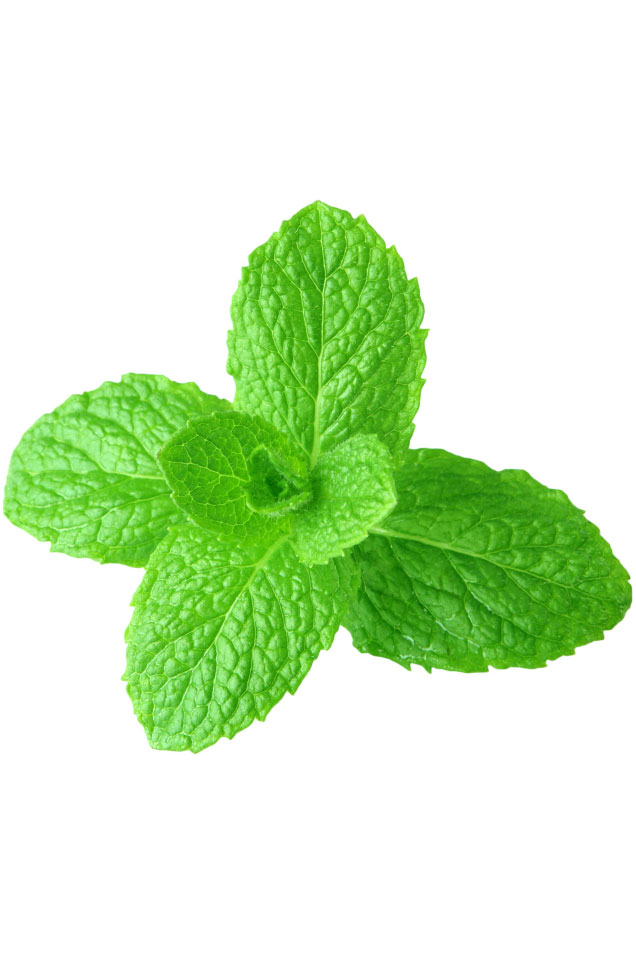Primary Benefits
- Promotes digestion and helps reduce occasional stomach upset when used internally
- Incorporate into effective work and study habits
- Cleanses the mouth and promotes fresh breath
Aromatic Description
Sweet, minty, fresh
Collection Method
Steam Distillation
Plant Part
Plant
Main Constituents
Carvone, limonene, 1, 8-cineole, β-myrcene
Description
Spearmint is a perennial plant that grows 11–40 inches tall and flourishes in temperate climates. It is widely used in gums, candies, and dental products for its minty taste, and to promote fresh breath. Spearmint has been used internally for centuries for its digestive benefits. Its sweet, refreshing aroma is uplifting, making it ideal to diffuse while working or studying. Spearmint oil is very different from Peppermint, making it a milder option to use topically on children and those with sensitive skin. In cooking, Spearmint is frequently used in salads, drinks, and desserts, but it can also be used in homemade salad dressings and to marinate meats.
Uses
- Diffuse Spearmint essential oil for a positive environment.
- Apply to toothbrush before brushing teeth for fresh breath.
- Add a drop or two to any dessert, drink, salad, or entrée for flavoring and to promote digestion.
- For occasional stomach upset, add one to two drops of Spearmint oil to water and drink.
Directions for Use
Diffusion: Use three to four drops in the diffuser of your choice.
Internal use: Dilute one drop in four fluid ounces of liquid.
Topical use: Apply one to two drops to desired area. Dilute with a carrier oil to minimize any skin sensitivity.
This oil is Kosher certified.
Cautions
Possible skin sensitivity. Keep out of reach of children. If you are pregnant, nursing, or under a doctor’s care, consult your physician. Avoid contact with eyes, inner ears, and sensitive areas.






